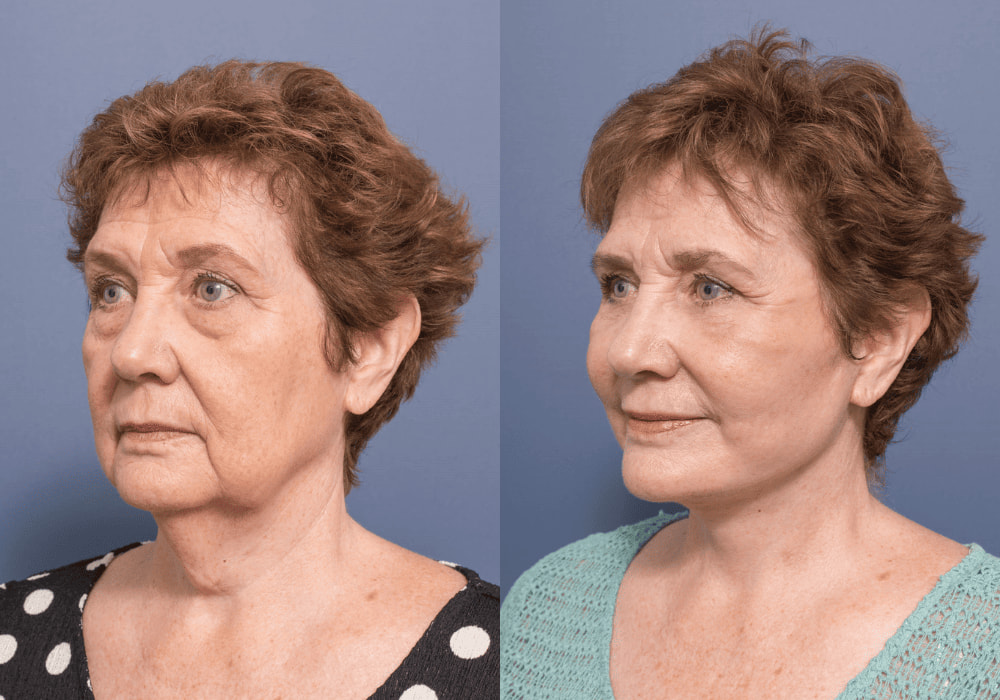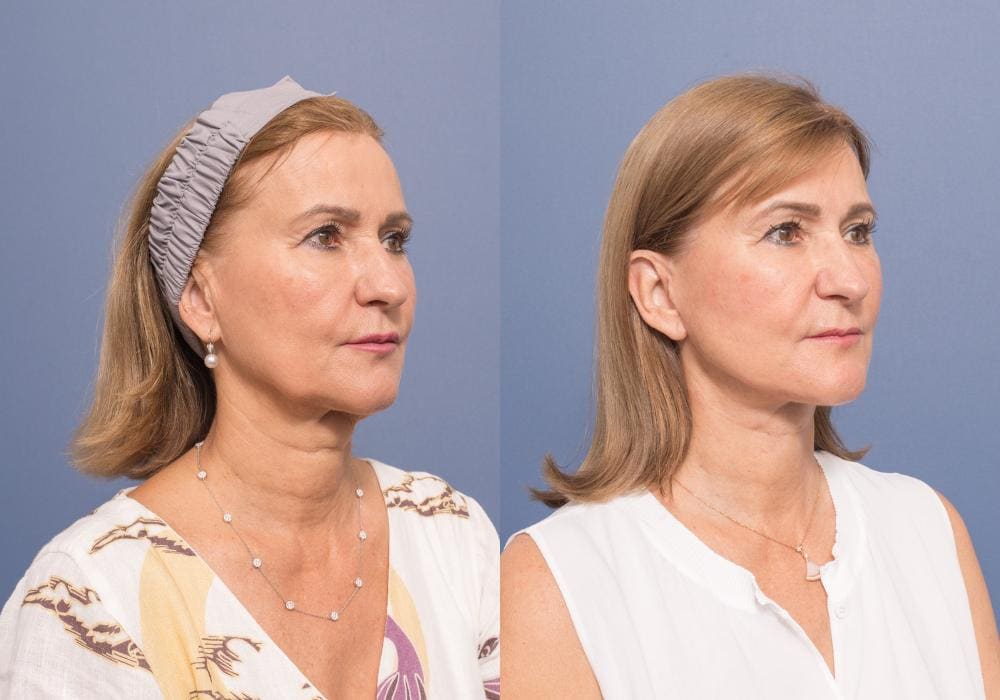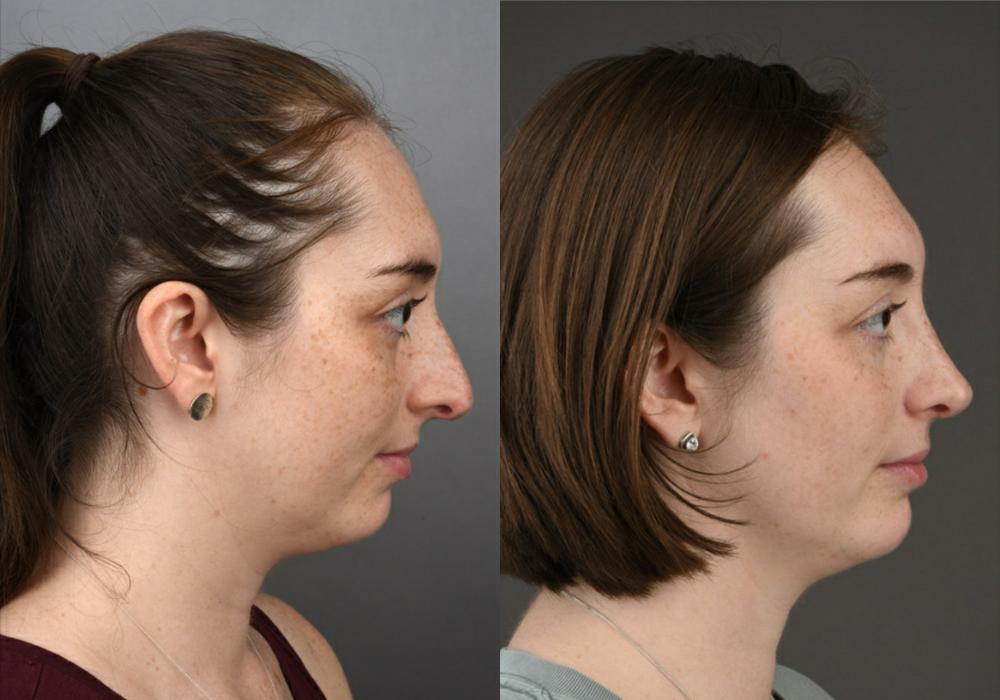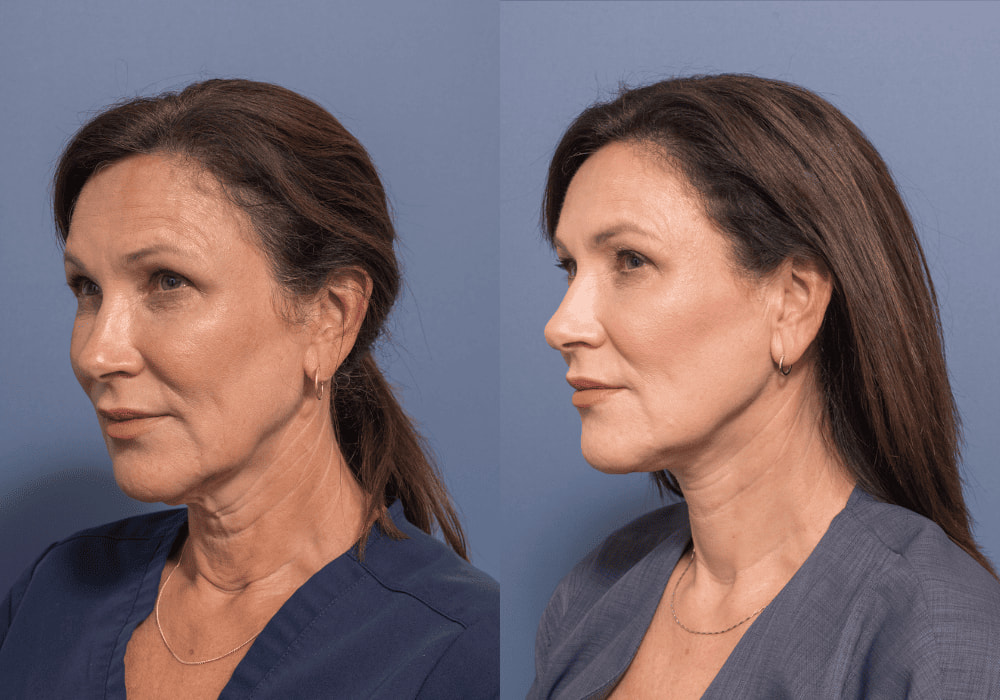An elongated forehead or high hairline can make the face appear imbalanced. It can also lower self-esteem and confidence.
Forehead Reduction and Hairline Lowering Surgery: Achieve a properly balanced facial appearance with this safe and effective procedure!
Overview
As we age, hairline recession can contribute to a larger forehead. With the advancement of surgical techniques, a hairline lowering procedure can now restore balance to the face by placing the hairline in a more attractive position.
Forehead reduction surgery, or hairline lowering surgery, effectively addresses these aesthetic concerns by realigning the hairline to achieve a balanced and proportionate appearance with the rest of the face. This procedure delivers permanent results.
Factors to consider
The most important factor in a successful forehead reduction surgery is scalp flexibility. If a individual has a relatively flexible scalp – a good anterior scalp advancement or lowering of the hairline can be achieved.
Other factors that need to be taken into consideration are density of the hair, the presence of any hair whorls or cowlicks, and whether there is any active or hereditary hair loss in the family.
Hairline lowering surgery can be performed at the same time as brow lifting surgery but the two procedures don’t necessarily need to be performed together and it’s important for individuals to understand that hairline lowering does not necessarily elevate the brows.
How is a hairline reduction surrgery performed?
The surgery involves making an irregular incision between the current hairline and forehead, allowing the hair-bearing scalp to be lifted and moved forward. A trichophytic incision technique is used to allow hair to grow through the incision during recovery and disguise the scar.
A strip of forehead skin is then excised just before the hairline. Because of the incision’s placement, the resulting scar will be less visible within the new hairline. In some circumstances, particularly for larger reductions, fixation to the bone will also be used to keep the hairline advanced and prevent tension on the incision and resultant scar. Once healed, the scars are often very difficult to see. The procedure is carried out under general anaesthesia.
What is the recovery?
After the surgery, most individuals can see immediate results and resume work within two weeks. Proper postoperative care, as directed by Dr. Honeybrook, is essential for optimal healing.
Numbness around the incision area is common during the recovery period and can last for several weeks to months. To minimise swelling, a tight wrap is applied to the forehead, and a cold compress should be used for the first few days.
Individuals may experience pain or discomfort at the incision site, but this can be managed with pain medication. Stitches are typically removed by Dr. Honeybrook after 7-10 days, and healing progress is monitored thereafter.
During the 3 months, individuals should wear a fringe to conceal the incision line. However, it is rare for individuals to need to keep their hairline covered for more than three months. Many individuals are able to pull their hair back within a 6 weeks of the surgery.
Who are good candidates?
Both men and women who are dissatisfied with the size of their forehead or those who have a particularly high hairline may benefit from a surgical hairline reduction procedure. To be considered for the surgery, candidates must be in good overall health and must not smoke.
Note: Any surgical or invasive procedure carries risk. These risks will be discussed with you in detail during the consultation. For further information on risks please refer to the patient resources section of the website.





